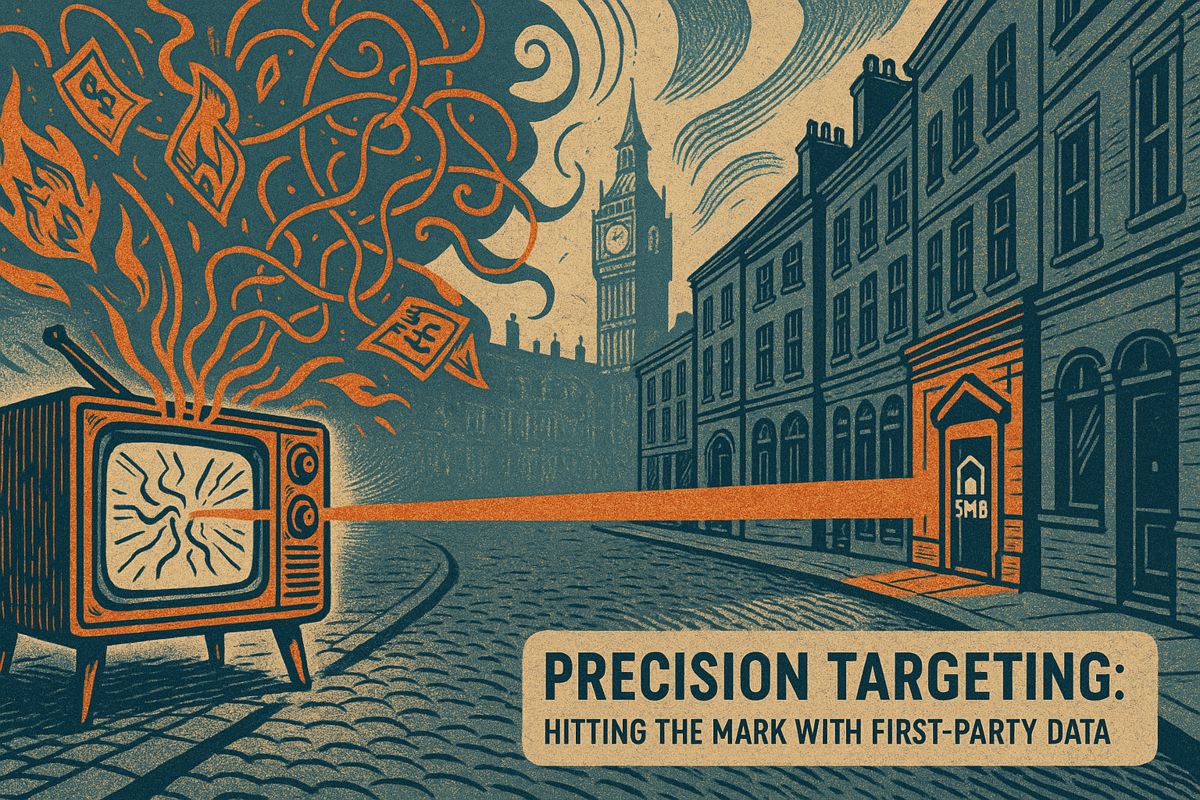Embracing microlearning for AI skills is a proven strategy to future-proof your career. As the job market faces significant disruption – with the World Economic Forum projecting a 22% churn by 2030 (WEF Future of Jobs Report 2025) – professionals who build AI fluency through consistent, brief lessons will gain a critical advantage without disrupting their work or personal lives.
Why 3 Minutes Works
Microlearning leverages brief, focused lessons to enhance knowledge retention and engagement. By delivering content in short, daily bursts, this method keeps cognitive load low and motivation high. It allows busy professionals to consistently build complex skills, like AI fluency, in a manageable and sustainable way.
The effectiveness of this method is backed by data. Peer-reviewed studies confirm that bite-sized learning modules can improve information retention by up to 80% over traditional courses (Ascend Education 2025 data). This approach minimizes cognitive load, maintains high motivation, and uses smartphone delivery to eliminate barriers. Modern AI-powered apps further enhance the process by adapting difficulty in real time, ensuring a sustainable learning pace.
Your 3-Minute Daily AI Starter Plan
- Subscribe to a top-tier daily AI briefing, like the Superhuman AI newsletter, which is read by staff at Microsoft, Tesla, and OpenAI (Zapier roundup).
- Block a recurring three-minute slot on your calendar, such as your first coffee break.
- Each day, read the briefing, explore one linked tool or concept, and conduct a quick hands-on test.
- Document one key insight in a digital notebook under a tag like “AI Playbook.”
- Reinforce your knowledge by reviewing the previous week’s notes every Monday.
Skills That Move the Needle
Focus your learning on high-growth areas. McKinsey forecasts the fastest job growth in roles like generative AI product management, prompt engineering, and AI-enabled healthcare diagnostics. Early adopters are already applying these skills to automate tasks such as slide creation, code snippet generation, and customer sentiment analysis, thereby freeing up valuable time for strategic work. This habit compounds: just 15 minutes a week translates to over 13 hours of targeted upskilling annually – sufficient for earning certifications or prototyping an AI tool.
Measuring Progress
To demonstrate ROI, track these key metrics:
1. Time saved on tasks through automation.
2. The number of your AI-driven suggestions adopted by the team.
3. Recognition of your AI expertise in performance reviews.
With employers planning to increase upskilling budgets through 2030, according to WEF data, this documented progress can unlock training stipends and new project opportunities. A simple scorecard is all you need to position yourself for career growth.
Consistent daily microlearning effectively automates the process of building AI literacy. This simple habit transforms anxiety about job displacement into proactive momentum, preparing you for in-demand roles that are actively hiring today.
FAQ: Microlearning & AI Job Security in 2025
How many jobs will AI really displace by 2030?
The World Economic Forum’s 2025 Future of Jobs Report projects 92 million positions eliminated and 170 million created between 2025-2030, giving a net gain of 78 million jobs. The churn rate is 22 % of today’s total workforce, so the risk is real, but new roles outnumber losses by nearly 2-to-1.
Does “3-minute” microlearning actually improve AI-skill retention?
Yes. Controlled studies in 2025 show microlearning lifts retention by up to 80 % versus traditional courses, while Dresden University measured a 22 % gain in follow-up tests. Daily 3-minute bursts keep cognitive load low and working memory fresh, making them ideal for busy professionals.
Which job families face the highest automation risk?
According to WEF and Gartner data, data-entry clerks, customer-service reps, retail cashiers, manufacturing workers and truck drivers top the displacement list. Conversely, AI engineers, healthcare technicians, creative strategists and cybersecurity analysts are among the fastest-growing categories.
What proof is there that the Superhuman AI newsletter helps careers?
The newsletter has 1 million+ readers and counts staff from OpenAI, Tesla, Microsoft and Apple among its audience. Subscribers receive curated 3-minute briefings that have been independently reviewed for helping teams adopt new AI tools and streamline operations without information overload.
How can I start a microlearning habit that sticks?
- Pick one fixed moment (morning coffee, commute, lunch).
- Use mobile-first formats: short videos, flash-cards or audio summaries.
- Track weekly streaks; research shows consistency beats duration for long-term recall.
- Apply each mini-lesson immediately (try the tool, share the stat) to lock knowledge in context.



















